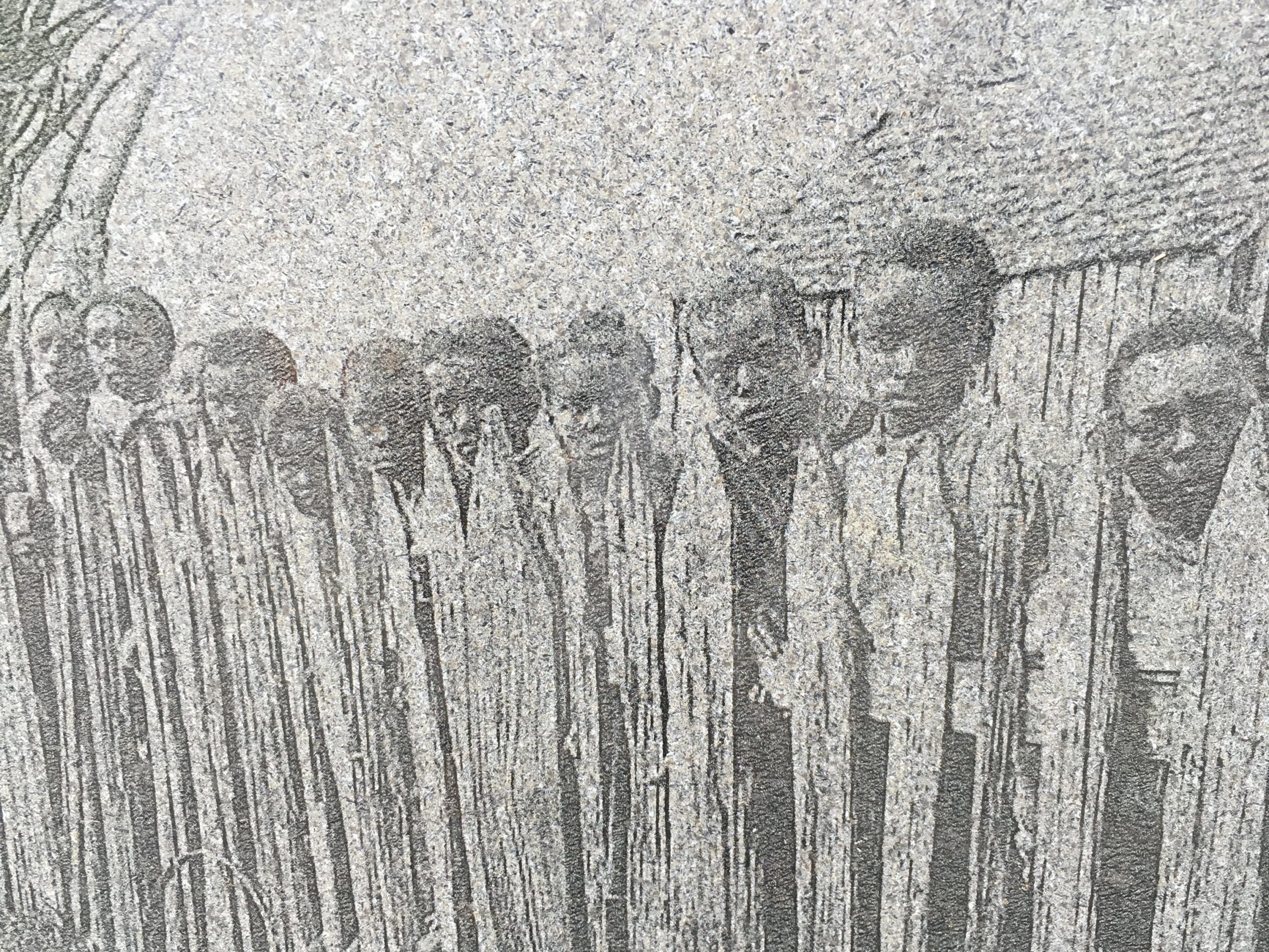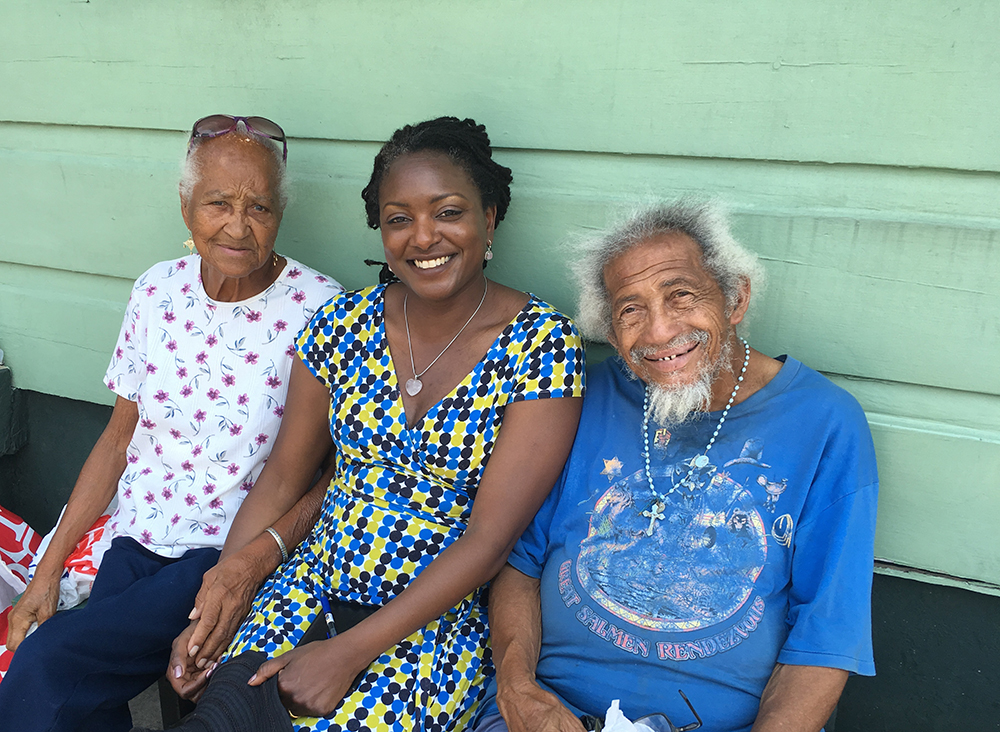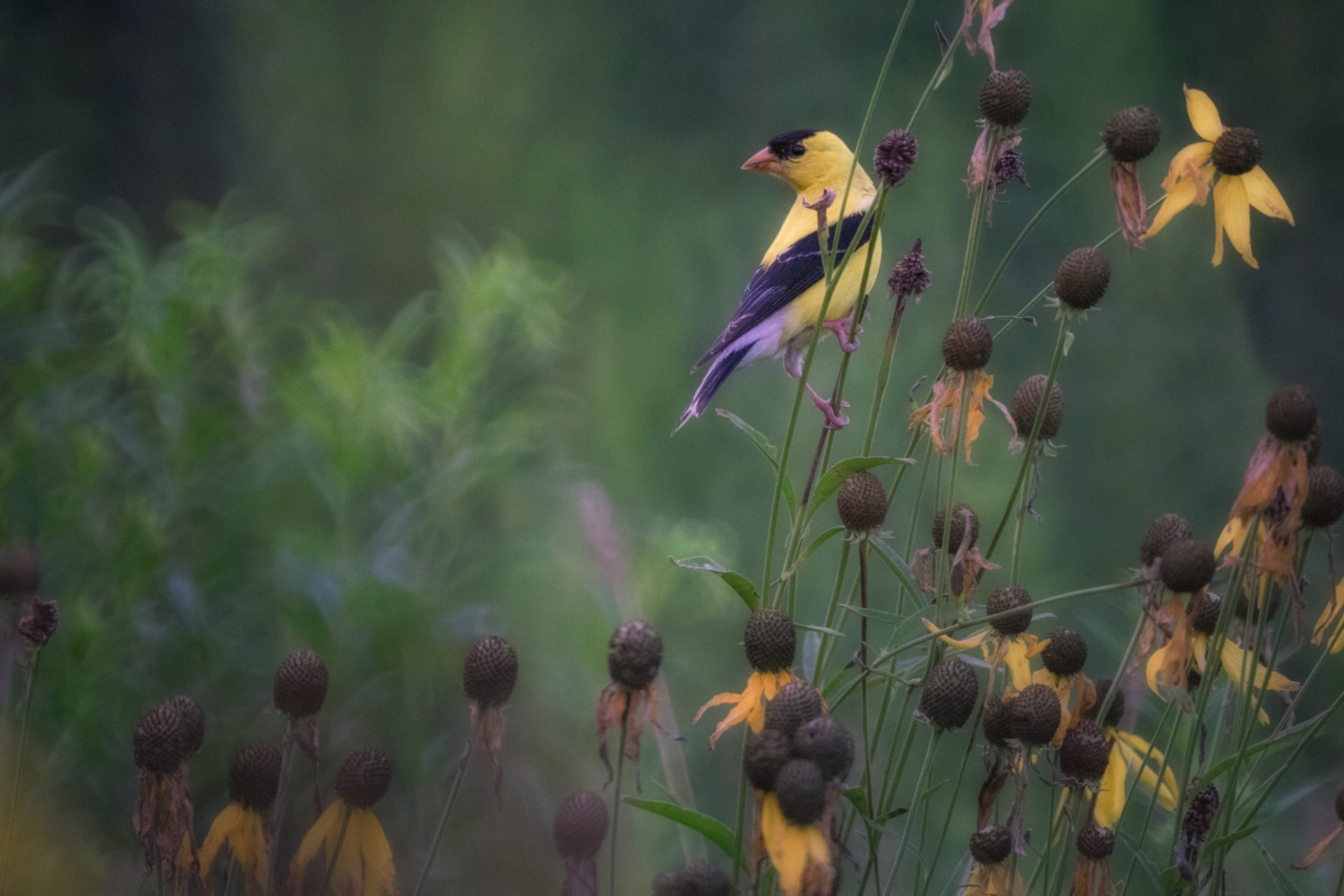Reflections on the Roots Retreat

Photo by Edissa Nicolás-Huntsman
Some journeys take us out into the world, anchoring us in history; others bring us back to ourselves, connecting us with our past. The Mindful Peacebuilding Roots Retreat to New Orleans was a simultaneous voyage to both destinations, touching the heart of all that matters.
Reflections on the Roots Retreat

Photo by Edissa Nicolás-Huntsman
Some journeys take us out into the world, anchoring us in history; others bring us back to ourselves, connecting us with our past. The Mindful Peacebuilding Roots Retreat to New Orleans was a simultaneous voyage to both destinations, touching the heart of all that matters. As an immigrant woman living in a nation torn apart by racism borne from the institutionalized trafficking of humans for two hundred years, it is essential for me to contribute my gifts to the healing of society. By joining the Roots Retreat and plunging into an investigation of the US’ tormented legacy of loss and bloodshed during the Transatlantic Slave Trade, I was able to look deeply into our collective background. I found similarities between the mysteries, misunderstandings, and trauma of my own life and those of our country. Further inquiries raised one important question.
Who am I?
Born a Catholic, raised Pentecostal, and currently practicing as a Methodist-Buddhist, I find I’m ever evolving and growing as a human being, touching the past and present with newfound heartmind consciousness. A Dominican emigrant, I know my parents don’t have direct ties to slavery; however, the Caribbean was a central point in the triangle of trade for sugar, alcohol, textiles, and humans, and my dark skin is evidence of this reality, an unwitting inheritance that guides me in meditation and research. I needed a long-avoided visit to a plantation to understand the unknown parts of my identity.
Unlike the plantations that celebrate wealthy slaveholders, the Whitney Plantation is devoted to honoring and remembering the truth of slavery, a place where a person can be transformed by the awareness that Africans toiled and perished there during slavery. I felt connected to the past, the land, and the souls there. Surrounded by sculptures of small children, the most innocent victims of American slavery, my heart broke. Seeing my face and name repeatedly in the shiny black granite walls among the names of hundreds of men and women who lived in dire poverty for the prosperity of others, unnerved me, altering me forever. To fathom my black woman’s body on a plantation liquefied my belly. Who might I be had our ancestors not dismantled slavery?
LIVING HISTORY: TOUCHING THE EARTH IN THE DEEP SOUTH
Crossing many bodies of open water, dense with foliage and high embankments, we drove to Mississippi to tour Flowering Lotus, a Dharma retreat center. All the while, my heart beat too quickly with irrational fear only understandable as historical trauma, transmitted by contact with the land. The earth spoke. The bell, too, rang out its reminders as we arrived and departed, returning us to our internal homes, our true destinations, calling us back from the mournfulness that lurked in those open fields. Taking time to return to my breath, to close my eyes and remember where I was, was the best offering I could give: my practice and my presence.
History bombarded us. Signs and places thick with historical relevance: a Jim Crow South alive in our awareness; the painful knowing that where we were, many had been barred from owning property, using the front door, sitting at the table, and the simple dignity of a clean bathroom. And yet, there we were, our multiethnic group of bell-ringing Buddhists, arriving in a minivan.
In the evening we sat with the Thich Nhat Hanh Sangha at Mid City Zen in New Orleans. We were warmly welcomed by Order of Interbeing member Tom Sweetland and facilitator Steve Dunn. Exhausted and fatigued, my feet, which for the past year had been a source of pain, began to ache as soon as I entered the Zendo. For that reason, I initially abstained from walking meditation. But, because life demands our full participation, I needed to brave my discomfort that night and walk with the group.
As part of the Dharma sharing, Florentina Staigers—a young woman with a beautiful voice—read Thich Nhat Hanh’s “Walking with Your Parents,” from A Rose for Your Pocket.
When you walk, for whom do you walk? … Liberation is not an individual matter. … We continue our ancestors; our ancestors are fully present in every cell of our body. When we take a peaceful step we know that all of our ancestors are taking that step with us. …Your mind can see thousands and millions of your ancestors’ feet are making a step together with you. That practice, using visualization, will shatter the idea, the feeling, that you are a separate self. You walk, and yet they walk … After you have been able to walk for your dear ones, you can walk for the people who have made your life miserable. You can walk for those who have attacked you, who have destroyed your home, your country, and your people. …Walking like that, you become a Buddha, you become a bodhisattva filled with love, understanding, and compassion.
Soon after, someone from TNH Sangha suggested we have another brief round of walking meditation while reciting Thay’s words. Seeing this as an invitation to join the Sangha, I walked, first with my mother as my feet burned. Next, I invited my long-absent Papi to hold my hand as tears rolled down my cheeks and my feet stung. Soon, I was walking with barefooted ancestors, running from patrollers; fearful with cut feet, my nose ran as sobs wracked my body. However much I tried to regain control, I could not stop the flow of tears, the pain in my feet, or the walking meditation. I found myself embraced by the Sangha; strangers and fellow travelers held me and wept with me. As we moved to the front room for picture-taking meditation, the pain was gone.
LEANING INTO THE 10,000 JOYS
Despite the sorrow conveyed through the land and memories, which we daily excavated with our awareness and presence, we found time to touch our joys. Perhaps the intense sadness opened us to parallel emotions. It must have been this way for enslaved people, forced to toil without compensation, kindnesses, or freedom. What would have been the joys of these ancestors? Surely they held tightly to simple joys that helped them transcend their earthly realities: the soft touch of a loved one; a dance in Congo Square; a moment to sit in the shade of a magnolia tree and enjoy a piece of fresh fruit. It’s hard to know, but living in the moment seemed like the right thing to do, to enjoy that we, a multicolored group, could sit in the French Quarter inside of the famous Café Du Monde and order beignets, and that we’d get the same treatment as anyone and everyone. It was enough to enjoy my freedom for them, as a way of honoring all the ancestors who made such moments possible.
SWEPT AWAY BY THE 10,000 SORROWS
After leaving the celebrated French Quarter, we drove back into the heaviness of the history of the Deep South, where we witnessed the Ninth Ward of New Orleans, a predominantly black district. At the office of Lowernine.org, an organization committed to rebuilding the homes of the displaced original inhabitants, activist Laura Paul gave us maps, educated us about recent local history, and counseled us on what we’d see. Her words echoed back later, penetrating my thoughts as we drove through the dilapidated vicinity: “What you’ll see is the face of institutionalized racism.” Armed only with those maps, we were quickly overcome by the devastation of the once-thriving African American community.
We stopped frequently, absorbed by rutted roads and besieged by pungent air and stagnant water in the human-created badlands. Where houses once stood, the shattered frames of people’s homes greeted us. I was grateful that the bell rang repeatedly, returning us to the breath and a secure place to stand. Still, the distress of the Ninth Ward haunted us like the ghost of an unloved child, shoeless, unclothed, willfully neglected. This was the direct descendant of slavery: Here a resilient and tenacious people, undaunted by the wretched hardships of slavery, were pushed out of their homes by a storm, faulty engineering, and government bureaucracy. The area is shamefully in ruins eleven years after Hurricane Katrina—the world has somehow forgotten these stalwart people.
Our corporal pain was palpable, precipitated by the conditions of the Ninth Ward, a previously vibrant neighborhood now being swallowed by nature, turning it into a swamp where asphalt disintegrates from neglect and houses turn into small jungles, the whole slowly populated by affluent newcomers. The crush of emotions fell upon us like the heaviest of weights.
To the community in ruins, I cannot close my eyes. In those final hours of our retreat, I knew that this was what I had come to witness, to feel and write about. Throughout my journey, I had looked deeply at the indelible stamp of centuries of oppression, a history written in blood, sweat, and tears: roads and byways traversed by runaway slaves on Underground Railroads, Native Americans driven to near extinction, sharecroppers cheated of their freedom, activists and freedom fighters slain for the rights of all. The experiencing of the geographical and historical grief of these communities led me to the place where I could cry for them. They also made my freedom all the more precious, because it is clear that my reality is only possible because of their history and trauma.
My destiny is intertwined with that of the first Africans who were stolen in the dark of night. And now, I am free. And I am more than merely physically liberated from bondage; I am an educator, a writer, and a traveler. When I teach, travel, and write, I do so for all the ancestors whose ability to do so was thwarted. It is a undertaking of enormous privilege and responsibility, which I honor by staying present to all that arises in me, recognizing each precious moment of liberty in the here and now. Owing to this journey South, I am closer to understanding myself.
I am my ancestors. They live in me.

Edissa Nicolás-Huntsman, Healing Mountain of the Heart, lives in San Francisco with her husband and holds a BA from Brown University and an MFA from Mills College. She works as a writing coach and creative writer, blogging about wellness, culture, and community for Lake Merritt United Methodist Church and several blogs and online magazines.

